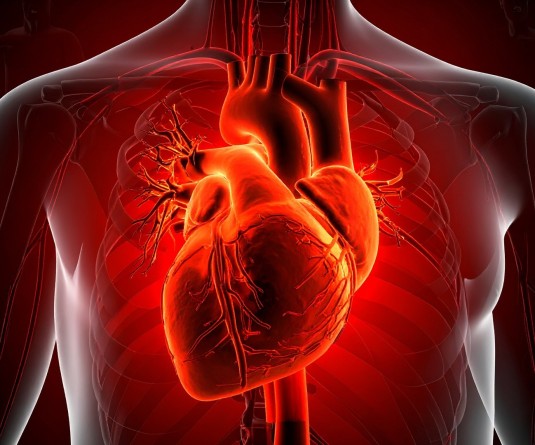IANS Photo

New York, August 12 (IANS) Chronic exposure to fine particulate air pollutants (PM2.5) and nitrogen dioxide (NO2) may increase non-lung cancer risk in older adults, a new research has warned.
The study of millions of Medicare beneficiaries by Harvard University’s T.H. Chan School of Public Health and published in Environmental Epidemiology, found that exposures to PM2.5 and NO2 over a 10-year period increased the risk of developing colorectal and prostate cancers.
The researchers also discovered that even low levels of air pollution exposure may make people particularly susceptible to developing these cancers, in addition to breast and endometrial cancers.
“Our findings uncover the biological plausibility of air pollution as a crucial risk factor in the development of specific cancers, bringing us one step closer to understanding the impact of air pollution on human health,” said Yaguang Wei, research fellow in the Department of Environmental Health.
While air pollution has been established as a risk factor for lung cancer, and a link to breast cancer risk has been emerging, few studies have looked at its effects on prostate, colorectal, and endometrial cancer risk.
Researchers analysed data from national Medicare beneficiaries aged 65 or older. All subjects were cancer-free for at least the initial 10 years of the study period.
Drawing from a variety of air pollution data sources, the researchers developed a predictive map of PM2.5 and NO2 concentrations across the US.
Findings from the nationwide analysis showed that chronic PM2.5 and NO2 exposures increased the risk of developing colorectal and prostate cancers but were not associated with endometrial cancer risk.
For breast cancer, NO2 exposure was associated with an increased risk, while the association for PM2.5 was inconclusive. The researchers suggested that the mixed associations may be due to variations in the chemical composition of PM2.5, which is a complex mixture of solid and liquid particles.
The researchers noted that even communities with seemingly clean air were not immune to cancer risk. They found substantial associations between exposure to the two pollutants and the risks of all four cancers even at pollution levels below newly updated World Health Organisation guidelines.
The US Environmental Protection Agency recently proposed stricter standards for PM2.5, but their proposal doesn’t go far enough in regulating this pollutant.
“Current NO2 standards are also woefully inadequate. Unless all of these standards become much, much stricter, air pollution will continue to result in thousands of unnecessary cases of multiple cancers each year,” said senior study author Joel Schwartz, professor of environmental epidemiology.






